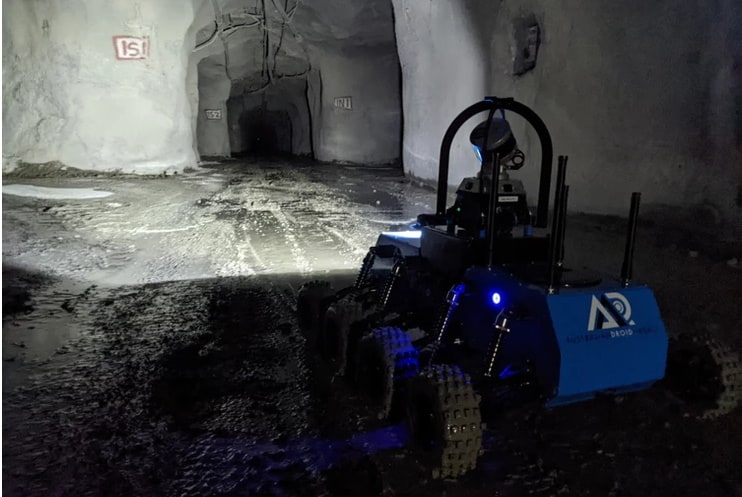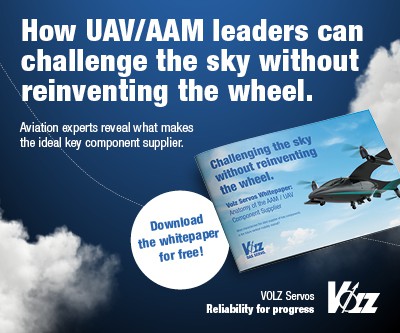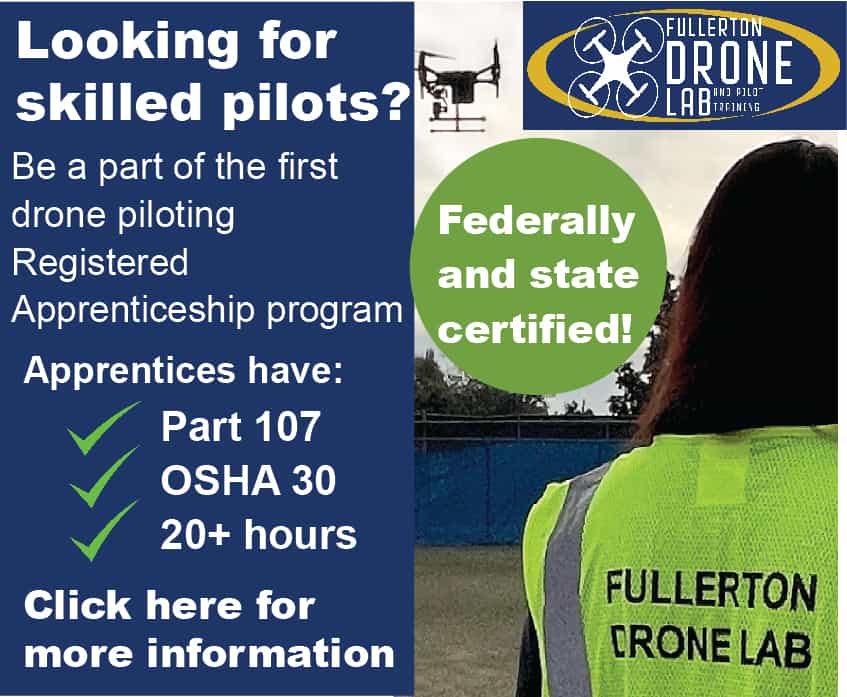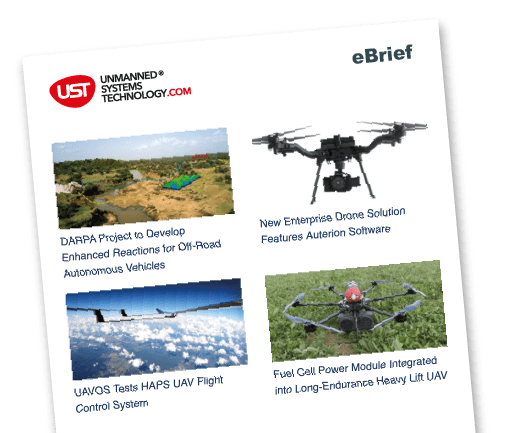Rajant Corporation has confirmed that it partnered with Australian Droid and Robot (ADR) and PBE Group to undertake the deepest ever remote underground mine inspection in history. Using ten ADR Explora XL UGVs (unmanned ground vehicles) and a wireless below-ground communication network powered by Rajant technology, a mobile infrastructure depth of 1.7 kilometers was achieved to enable the reestablishment of operations at a collapsed limestone mine and restore jobs.
A significant, unexpected mine collapse occurred in August 2021, causing an expulsion of air carrying dirt and rocks that flew out of all portals and ventilation raises. It was determined that this collapse was caused by the failure of very old pillars. thus creating a substantive surface subsidence. The surface subsidence measured approximately 800’ (ft) across and over 100’ (ft) deep. No one was injured in the incident, as the mine had been evacuated well prior to the incident. Working with the Mining Safety and Health Administration (MSHA), the operator and MSHA determined no one should enter the mine until some type of unmanned survey could be conducted to assess the conditions of the mine safely. The solution to achieve this came through the collaboration of ADR, PBE, and Rajant.
The mine intends to implement a mine-wide network based on Rajant’s Kinetic Mesh technology. In the future, if they were ever to have an issue of instability, they can simply run a single ADR robot into the mine using the preexisting network infrastructure, maintaining worker safety and uninterrupted productivity.
Todd Rigby, Rajant Sales Director, commented: “Prior to the collapse, the mine had a two-way radio system running over a leaky feeder. The leaky feeder was not functional following the collapse, nor did it have sufficient bandwidth to support unmanned robots or drones. Rajant BreadCrumbs were installed by Rajant’s channel partner PBE mostly at the surface of the mine to provide a reliable high bandwidth link from the portal to an emergency operations center overseeing the remote surveying done by ADR and its fleet of all-terrain ground robots equipped with BreadCrumbs. The robots initially dragged three network infrastructure points into the mine and then staggered along various routes up to 1.7 Kilometers deep. During the longest mission, the robots were transmitting 80 Mbps, and included high-definition video and Lidar to create a virtual 3D model of the mine.”
Dr. Joe Cronin, Operations Manager and one of the founders of Australian Droid & Robot, said: “ADR keeps a small fleet of robots ready to go for emergencies, but this was going to require more units with different sensors and capability. We quickly built more robots and undertook a thorough testing regime to imitate the conditions and distances we would experience in the US. We had teams all over Brisbane, and at one stage, we had robots strung across more than one suburb, controlled from a central location. The robots were shipped to the US less than a month later and were accompanied by Andre Preller, Head Electronics Engineer and Callum MacDermid, Senior Robotics Engineer. After a day’s testing on the surface, the robots entered the mine, each robot relaying the communications signal to the next, creating a high bandwidth, daisy-chain network into the mine. A week later, the team had acquired enough data for the mining team to be able to restart operations – the only company globally who could assist with the right equipment in the right timeframe.”
Rob Koch, Director of Technology at PBE Group, added: “Before the collapse, PBE was the mines communications infrastructure provider. When we learned about the need for unmanned inspection after the collapse, we focused on finding the best solution for fast, flexible deployment and high performance. The mine needed a high throughput, flexible data network to support a broad and changing set of inspection deployments. The Rajant mesh technology was the clear choice for this need. In execution, the challenge was to design network elements deployed into the mine by the robots themselves. We moved quickly to source the best antenna technology for the robots and backhaul nodes. Then we went onsite to build the robot deployable nodes and surface network to move data to the inspection operation center. The network and antenna elements provided plenty of time to facilitate the inspection event. We are glad the mine chose PBE on this groundbreaking project to safely bring the mine back into production using the best technology available.”
Watch a video case study of the mine inspection below:



















